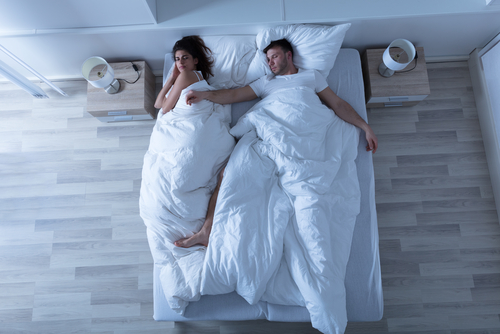Also called night leg cramps, nocturnal leg cramps are involuntary contractions of your leg muscles occurring when you’re in bed.
It is generally the calf muscles that cramp, though your feet or thighs may cramp as well. Stretching the cramped muscle is the way to provide relief.
Why do nocturnal leg cramps occur?
In most cases, there isn’t an obvious cause for night leg cramps. Often, it’s simply muscle fatigue or nerve issues.
Peripheral artery disease (PAD) is one problem that can be behind nocturnal leg cramps. PAD is the blockage of arteries going to an extremity. The most common blockage is to the lower extremities, meaning the legs and feet.
Other conditions that can be related to night leg cramps include:
- Kidney failure
- Anemia
- Hyperthyroidism
- Type 1 diabetes
- Type 2 diabetes
Those with diabetes commonly experience leg pain and cramping. One aspect of diabetes is nerve damage (diabetic neuropathy), and since cramps are sometimes caused by nerve issues, those with diabetes can be at greater risk to experience nocturnal leg cramping. PAD is also common in patients with diabetes, further increasing risk for cramping.
Who usually gets nocturnal leg cramps?
Pregnant women have a greater risk of experiencing this uncomfortable condition. Risk also increases with age. Diabetes is a big risk factor as well.
Is it the same as restless leg syndrome?
Restless leg syndrome (RLS) is a different condition. RLS is generally not painful, whereas leg cramps are.
Preventing nocturnal leg cramps
Research suggests that regular physical activity can help decrease the risks of cramping during the night. Certain vitamin supplements may also help. Other recommendations include taking a warm bath and using a stationary bike. Certain medications can also help, as can drinking plenty of fluids.

